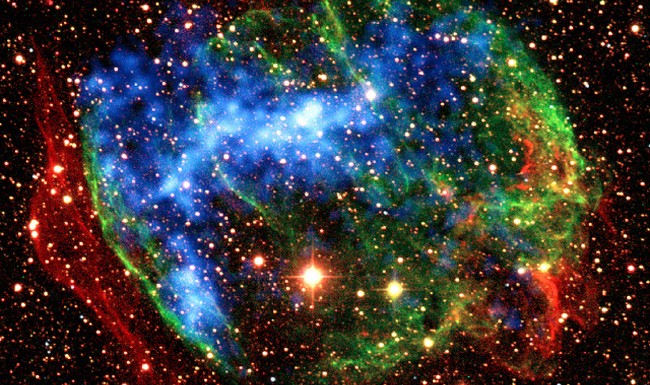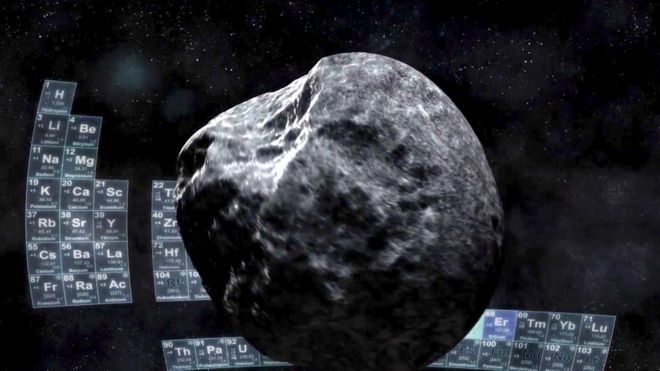Discovery Of Most Powerful Supernova To Date
Researchers have observed a super-luminous supernova explosion which is twice as powerful as the previous record holder.

http://www.asianscientist.com/2016/01/in-the-lab/discovery-powerful-supernova-date/
Researchers have observed a super-luminous supernova explosion which is twice as powerful as the previous record holder.

AsianScientist (Jan. 28, 2016) - An international team of researchers has observed a supernova explosion which is twice as powerful as the previous record holder. During the supernova explosion, luminosity of the star reached 570 billion times the luminosity of the sun, and is approximately 20 times brighter than the Milky Way combined. The article was published in the journal Science.
The supernova was discovered in Chile by the All Sky Automated Survey for SuperNovae (ASASSN). The team was led by Dong Subo, Thousand Youth Talent Plan research professor at The Kavli Institute for Astronomy and Astrophysics at Peking University and member of ASASSN.
The star, named ASASSN-15lh, is a rare breed—it is classified as a “super-luminous supernova,” and at 3.8 billion light years away from the Earth, it is among the closest supernovae ever observed.
“ASASSN-15lh is the most powerful supernova discovered in human history,” said Dong. “The explosion’s mechanism and power source remain shrouded in mystery because all known theories meet serious challenges in explaining the immense amount of energy ASASSN-15lh has radiated.”
The first spectral line of the ASASSN-15lh was observed by B. J. Shappee of Carnegie Observatories in Chile. Astronomers generally use spectral lines to analyze projectiles from supernova explosions to determine their chemical components and physical conditions.
This analysis in turn helps astronomers classify supernovae and understand the physical process of their explosions. However, the spectral lines of ASASSN-15lh was significantly different from all the other supernovae discovered by ASASSN.
Initially, this perplexed many astronomers. It was only while discussing the issue with Assistant Professor Jose Prieto from Universidad Diego Portales and Professor K. Z. Stanek from Ohio State University that Dong realized that ASASSN-15lh could be a superluminous supernova.
According to his estimations, if ASASSN-15lh was indeed 3.8 billion light years away from us, then its most significant spectral characteristics should be very similar to the spectrum of a superluminous supernova discovered in 2010.
They immediately contacted various other telescopes, but due to bad weather and instrumental malfunctions, the required observations were delayed. Eventually, Saurabh Jha of Rutgers University managed to verify that ASASSN-15lh is indeed a superluminous supernova using the ten meter Southern African Large Telescope (SALT).
Multiple hypotheses have been suggested to explain the mechanism of an explosion of such a high level of energy. Dong’s research team at the School of Physics at Peking University plans to utilize more advanced equipment, such as the Hubble Space Telescope, to reveal the secrets behind ASASSN-15lh.
“ASASSN-15lh may lead to new thinking and new observations of the whole class of superluminous supernova, and we look forward to plenty more of both in the years ahead,” said Dong.
The article can be found at: Dong et al. (2016) ASASSN-15lh: A Highly Super-Luminous Supernova.
http://www.asianscientist.com/2016/01/in-the-lab/discovery-powerful-supernova-date/





